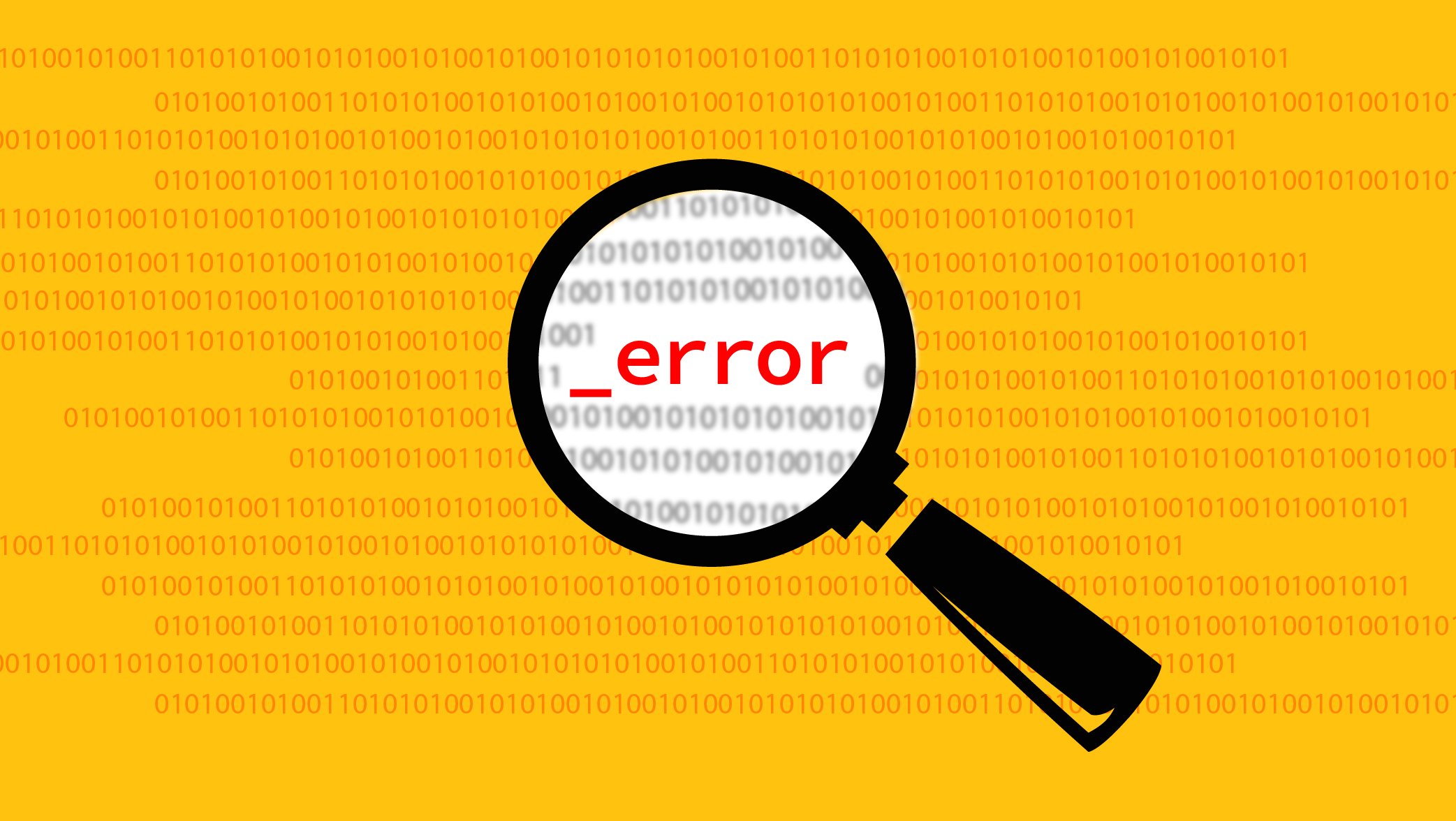Herc Rentals adopts “Find It, Fix It” safety tenet
Herc Rentals is geared up for National Safety Month.
Are you?
In 1996, the National Safety Council (NSC) established June as National Safety Month to increase awareness of leading safety and health risks while simultaneously seeking to decrease the number of unintentional deaths and injuries.
In addition to their social costs, workplace injuries and illnesses continue to have a major impact on employers. The Occupational Safety and Health Administration (OSHA) estimates employers pay almost $1 billion per week for direct workers’ compensation costs alone. This amount includes direct costs like compensation payments and medical expenses, plus indirect costs like loss of productivity, training replacement employees, implementation of corrective measures and repairs of damaged equipment.
This year the NSC is focusing on a different safety topic for each week in June. These topics include Hazard Recognition, Slips, Trips and Falls, Fatigue and Impairment. The NSC invites employers to utilize its website to download posters, tip sheets and more as ways to engage employees, spread safety messages and get friends, family members and co-workers to Think Safety all month long.

As a cornerstone of Herc Rentals business philosophy, the Perfect Day remains a priority. Herc Rentals defines a perfect day as a day without any recordable OSHA incidents, DOT violations or “at fault” motor vehicle incidents. Coinciding with the NSC’s focus on Hazard Recognition, Herc Rentals has additionally adopted a Find It, Fix It safety tenet, said Bill Cobb, the company’s director of safety.
The Find It, Fix It focus is an outgrowth of the company’s Stop Work program, he said.
”Find-It, Fix It” pushes everyone to look for safety hazards, and, if they encounter one, either take care of the issue yourself or get someone to deal with it immediately.
“It’s about encouraging each team member to take ownership of safety – to protect yourself and your teammates,” Cobb said.
Recognizing hazards on job sites and in the workplace segues nicely into the NSC’s second topic of the month – Slips, Trips and Falls. It also works in tandem with Herc Rentals’ Find It, Fix it approach. Many slips, trips and falls are preventable. Common causes of slips are wet or oily surfaces and loose, unanchored rugs or mats. Trips often occur when your foot strikes an object that causes one to lose balance and, eventually fall. Causes of trips can be anything from poor lighting, clutter, uneven steps and surfaces to wrinkled carpeting and obstructed views.
Find It, Fix It is one sure-fire way to safeguard yourself and co-workers from potential injury. Some simple rules to follow include:
- Walk; do not run to your destination
- Watch where you are going while walking
- Inspect walkways before lifting and carrying an item if your visibility to the ground is going to be obstructed
- Clean spills immediately
- Mark spills and wet areas
- Make sure running boards, treads, steps, footholds, and platforms are clean and dry
- Apply non-slip tape to handrails, steps, and walking surfaces if necessary
- Change or modify walking surfaces such as re-coating or replacing floors, and installing mats
- Clean footwear of mud, snow, ice, grease, or other slippery substances
- Ensure footwear fits properly and has a good tread
While Herc Rentals continues to reinforce safe driving habits for its team members including adhering to posted speed limits, providing enough space between you and the driver you’re following and no texting while driving, the NSC is emphasizing a less obvious hazard: fatigue on the road and the workplace.
Often overlooked as a cause of an injury, fatigue greatly increases the risk of a vehicle crash or workplace injury. Sleep disorders, over time, can also lead to illnesses like depression, obesity and cardiovascular disease. To combat fatigue, the NSC recommends the following:
- Get out of your seat and stretch
- Take a walk
- Get 7-9 hours of sleep
Defeating drowsy driving is a different animal, but some of the same precautions apply. According to the National Highway Traffic Safety Administration, around 800 people are killed and 41,000 are injured each year due to drowsy driving. In addition to the above, other ways to avoid drowsy driving include:
- Avoid taking medications that could cause drowsiness
- Avoid driving during peak sleepiness periods between midnight and 6 a.m. and in the late afternoon
- If driving long distances, pull over every two hours to get some fresh air, take a short walk or short nap
These messages are all simple and direct, Cobb said. “The underlying message of all of this is encouraging our team members and everyone, really, to look out for themselves. Safety is an individual responsibility.”


